In the not-to-distant past, it was difficult to locate pollution prevention and sustainability information. Those days are gone. Now, we go to Google and we’re inundated. In this post, I’ll point you toward some resources that you may have forgotten about when you’re trying to locate information to solve a problem. Whether you’re an organization that wants to start a sustainability program or a seasoned pollution prevention technical assistance provider, there’s something on this list that will help you do your job better.
Topic Hubs and LibGuides
Topic hubs and LibGuides are similar. Both are curated collections of resources on specific topics that also include explanatory information. The only difference is the delivery platform. GLRPPR converted its Topic Hubs to LibGuides several years ago. Guides of particular interest to the P2 community include:
The Pollution Prevention 101 LibGuide is particularly useful to those new to the P2 field. It includes links to essential resources and training that will help get you up to speed quickly.
GLRPPR Sector Resources
GLRPPR’s sector resources are curated collections of documents organized by sector or topic. Each resource includes a link and a brief description. Sector resources includes links to fact sheets, manuals, videos, journal articles, case studies, and software tools. Browse by sector/topic or search by keyword using Google site search.
GLRPPR Webinar Archive
GLRPPR hosts two to three webinars per year. Recordings of these webinars are archived on our web site and on our YouTube channel.
GLRPPR Help Desk
If you have a sustainability question or problem you’re trying to solve, the GLRPPR Help Desk is the place to visit. You get one free hour of literature/web searching and will receive a response within a week. Note that we won’t often give absolute answers. Instead, we’ll give you references and let your draw your own conclusions based on the available information. We also won’t answer homework questions.
E-Mail Discussion Lists and GLRPPR E-mail Newsletter
E-mail discussion lists are a great way to tap the hive mind of your pollution prevention colleagues. GLRPPR members are automatically subscribed to the Roundtable regional e-mail discussion list. P2Tech is an international discussion list for pollution prevention and sustainability professionals. To subscribe to either list, contact Laura Barnes.
GLRPPR’s e-mail newsletter keeps you up-to-date on sustainability news, resources, events, and funding opportunities. Subscribe here.
P2 Impact
P2 Impact is a collaboration between GreenBiz and the Pollution Prevention Resource Exchange. Each month, P2 practitioners write about topics related to pollution prevention and sustainability. The goal of the column is to tell the P2 story to GreenBiz’s business audience. The archives of the column are available here. If you would like to write a column, contact Laura Barnes.
P2 InfoHouse
P2 InfoHouse, maintained by the Pollution Prevention Information Center (P2RIC), is a searchable online collection of more than 50,000 pollution prevention (P2) related publications, fact sheets, case studies and technical reports. It includes a vast number of legacy pollution prevention documents that were originally released in hard copy. The collection is searchable by keyword.
Zero Waste Network Success Story Database
The Zero Waste Network’s Success Story Database contains case studies that are examples of how real facilities saved money, reduced waste, and/or lowered their regulatory burden through innovative P2 practices. The studies are often written in a companies own words, with minimal editing.
U.S. EPA Pollution Prevention Tools and Calculators
U.S. EPA has links to general P2 information; P2 tools for chemical processes and purchasing; and calculators to measure the environmental and economic outcomes of P2 activities.
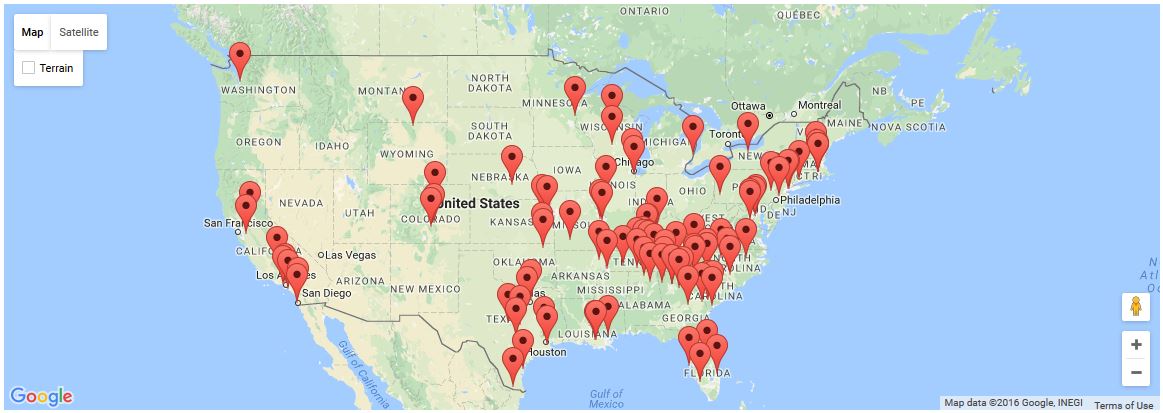
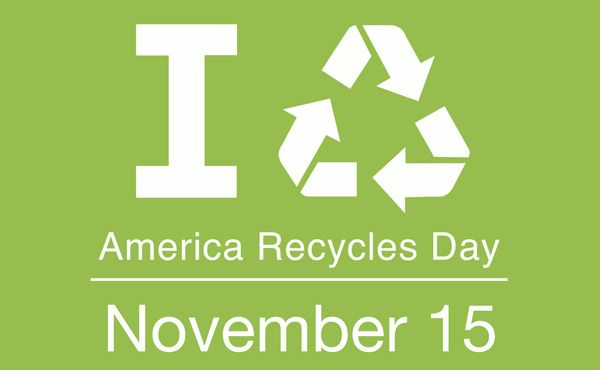 While recycling is not mandatory in America, over 30 percent of our trash is recycled. But recycling could be as high as 75 percent, which could dramatically impact other environmental impacts such as greenhouse gas emissions, freshwater resources, and create economic growth.
While recycling is not mandatory in America, over 30 percent of our trash is recycled. But recycling could be as high as 75 percent, which could dramatically impact other environmental impacts such as greenhouse gas emissions, freshwater resources, and create economic growth.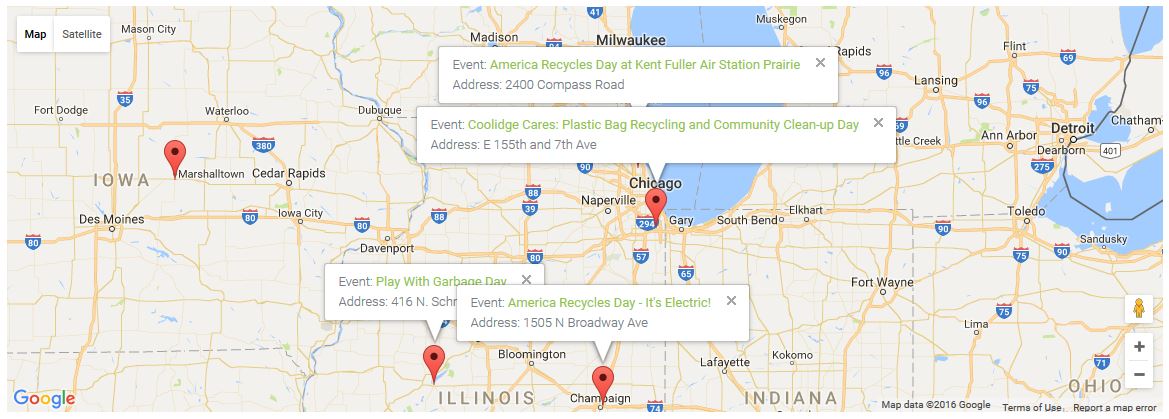


 Walgreens has started a medicine take back program at select Walgreens in Illinois. If all goes well, they will be expanding the program to other states later this year. A full list of take-back locations and more details about the program can be found in their
Walgreens has started a medicine take back program at select Walgreens in Illinois. If all goes well, they will be expanding the program to other states later this year. A full list of take-back locations and more details about the program can be found in their 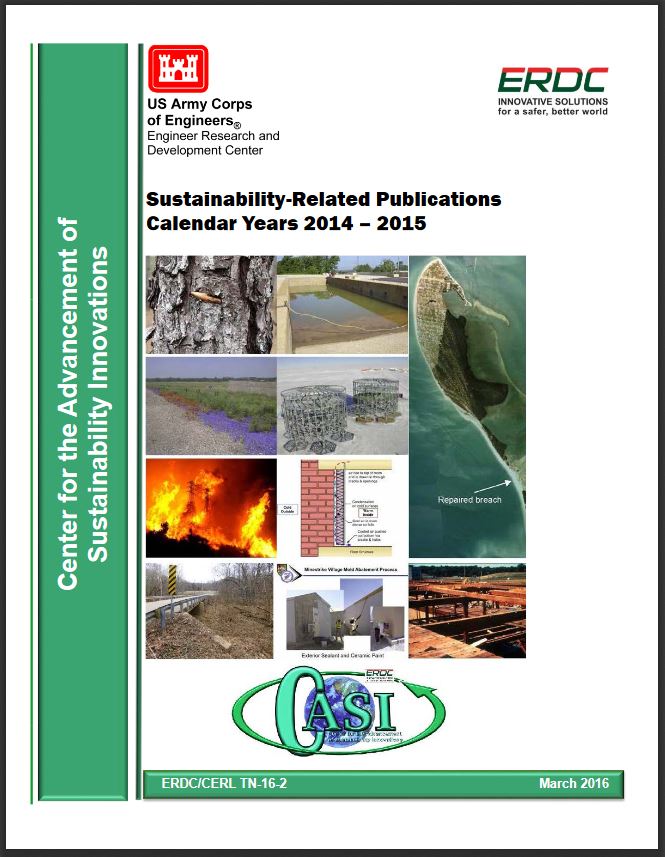 CASI recently released a document discussing 2014 and 2015 publications related to sustainability (
CASI recently released a document discussing 2014 and 2015 publications related to sustainability ( Many people are now aware that they shouldn’t flush unwanted drugs down the toilet because those chemicals end up in waterways and pollute the environment. So what is the correct way to dispose of unwanted medicine?
Many people are now aware that they shouldn’t flush unwanted drugs down the toilet because those chemicals end up in waterways and pollute the environment. So what is the correct way to dispose of unwanted medicine? The U.S. EPA recommends that unwanted drugs including prescriptions, over-the-counter, and pet medicines be disposed of though a one-day or permanent take-back program. These take-back programs are typically at local police stations or pharmacies. If and only if it is absolutely not feasible to take the unwanted drugs to a collection site, then the medicines should be mixed with kitty litter or coffee grounds, sealed in a water proof container, and placed in the trash. These safe disposal methods also reduce incidences of accidental poisonings in children, elderly, and pets and reduce drug abuse.
The U.S. EPA recommends that unwanted drugs including prescriptions, over-the-counter, and pet medicines be disposed of though a one-day or permanent take-back program. These take-back programs are typically at local police stations or pharmacies. If and only if it is absolutely not feasible to take the unwanted drugs to a collection site, then the medicines should be mixed with kitty litter or coffee grounds, sealed in a water proof container, and placed in the trash. These safe disposal methods also reduce incidences of accidental poisonings in children, elderly, and pets and reduce drug abuse. While the majority of drugs are taken by pill, some require injection which leaves behind needles and syringes, called sharps. Sharps have special disposal requirements because once they have touched a person’s blood they are then considered biohazardous materials and can be vectors for the spread of certain diseases. Because of this risk, sharps are not allowed in household recycling bins or in the take-back program bins or at household hazardous waste collection sites. Residents are allowed to place sharps in ridged plastic containers sealed with duct tape with the words “do not recycle” on the outside and then place the containers into the trash. But this method is not the safest for the environment or for landfill employees. The best method recommended by the U.S. EPA is to find a sharps collection site (typically at hospitals) or use a mail-back program.
While the majority of drugs are taken by pill, some require injection which leaves behind needles and syringes, called sharps. Sharps have special disposal requirements because once they have touched a person’s blood they are then considered biohazardous materials and can be vectors for the spread of certain diseases. Because of this risk, sharps are not allowed in household recycling bins or in the take-back program bins or at household hazardous waste collection sites. Residents are allowed to place sharps in ridged plastic containers sealed with duct tape with the words “do not recycle” on the outside and then place the containers into the trash. But this method is not the safest for the environment or for landfill employees. The best method recommended by the U.S. EPA is to find a sharps collection site (typically at hospitals) or use a mail-back program. Once the drugs and sharps are collected by their designated collectors, they are securely transported to a special medical incinerator that is designed to handle these types of waste streams with specialized equipment to prevent environmental pollution.
Once the drugs and sharps are collected by their designated collectors, they are securely transported to a special medical incinerator that is designed to handle these types of waste streams with specialized equipment to prevent environmental pollution.
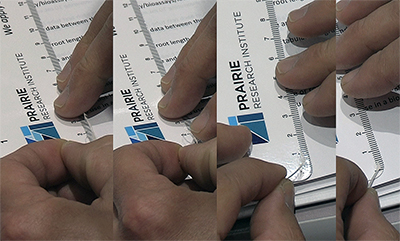
 The charcoal vs. gas debate isn’t as clear cut as you might think. While it is fairly obvious that charcoal puts out more particulate matter when burning, it also gives off about two times more carbon dioxide emissions than propane gas. Initially then because of those points, I thought gas was more environmentally friendly, but let’s take a step back and look at the whole picture.
The charcoal vs. gas debate isn’t as clear cut as you might think. While it is fairly obvious that charcoal puts out more particulate matter when burning, it also gives off about two times more carbon dioxide emissions than propane gas. Initially then because of those points, I thought gas was more environmentally friendly, but let’s take a step back and look at the whole picture.
 Buy local – Shopping at your local farmers’ market for fresh salad ingredients can significantly reduce your carbon footprint and also reduce the packaging that will end up in the landfill.
Buy local – Shopping at your local farmers’ market for fresh salad ingredients can significantly reduce your carbon footprint and also reduce the packaging that will end up in the landfill.